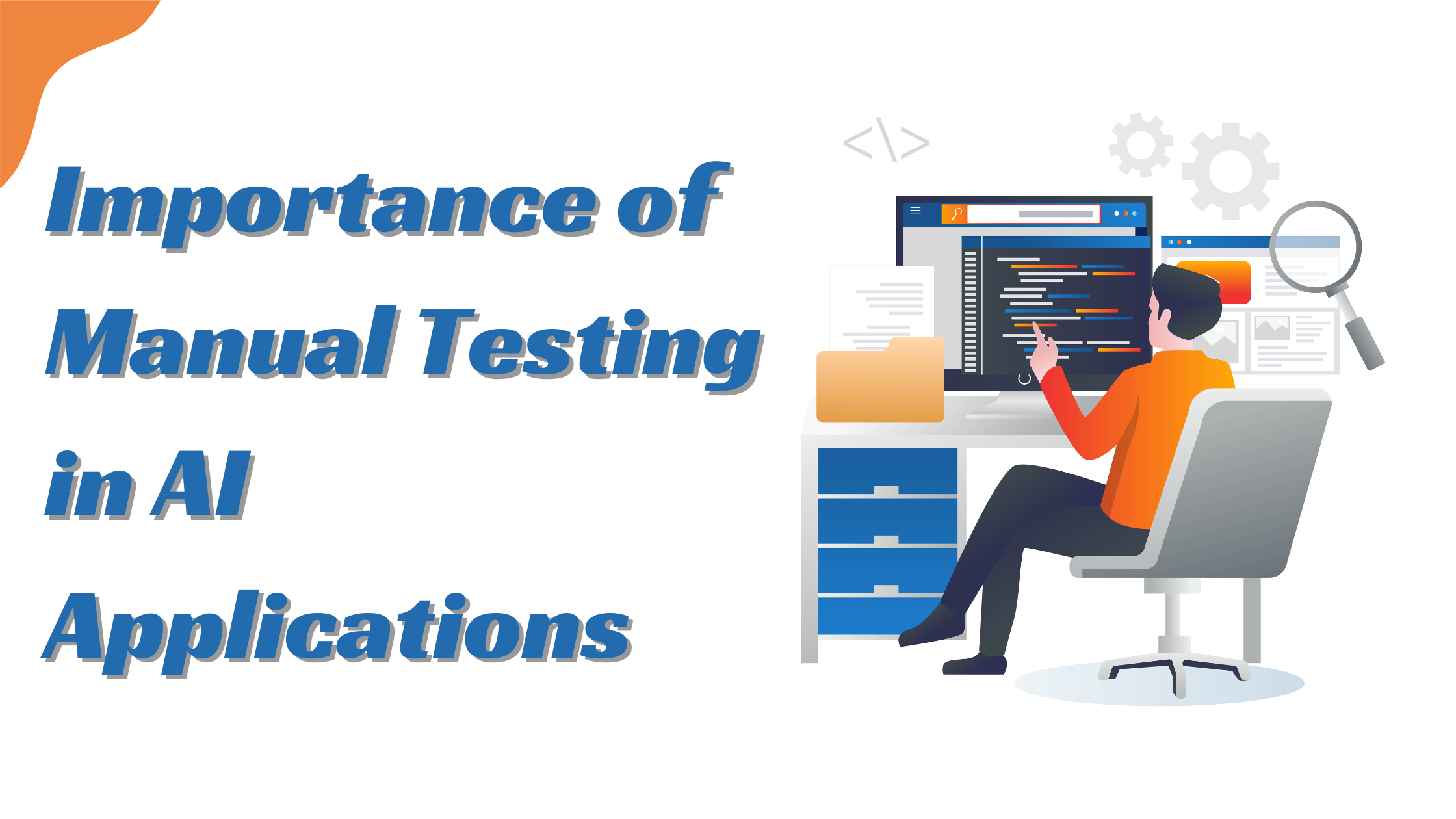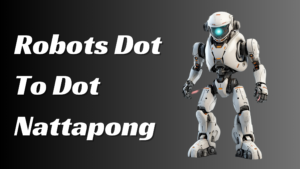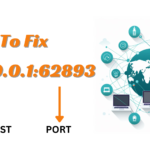The Importance of Manual Testing in AI Applications
- 1 The Complex Nature of AI Applications
- 2 Limitations of Automated Testing
- 3 Manual Testing Techniques for AI Applications
- 4 Integration of Manual and Automated Testing
- 5 The Value of Human Expertise
- 6 Future Directions
- 6.1 1. Enhancing Testing Techniques
- 6.2 2. Emphasizing Ethical AI Development
- 6.3 3. Training and Development for Testers
- 7 Conclusion
Artificial Intelligence (AI) applications are revolutionizing industries by enhancing efficiency, enabling complex decision-making, and driving cost-effectiveness. As these technologies become more integral to operations across sectors, ensuring their reliability, accuracy, and ethical integrity is paramount. While automated testing offers valuable benefits, manual testing remains a vital element in the lifecycle of AI systems, especially given the complexities and ethical considerations involved.
The Complex Nature of AI Applications
1. Complexity and Unpredictability
AI applications, particularly those using machine learning (ML) and deep learning (DL), are inherently complex. These systems operate on large datasets and leverage sophisticated algorithms to generate predictions, recommendations, or decisions. The stochastic nature of AI models—especially those based on neural networks—introduces unpredictability, making it challenging to foresee all potential outcomes through automated testing alone. Manual testing is crucial to handle these intricacies, as it allows for a deeper exploration of the model’s behavior and the identification of unexpected anomalies.
2. Ethical and Bias Considerations
AI systems often mirror and perpetuate biases inherent in their training data. Addressing these biases necessitates a deep understanding of the data context and the ethical implications of AI decisions. Manual testing plays a pivotal role in this regard, enabling testers to apply critical thinking and domain expertise to detect subtle biases and ethical issues that automated tools may miss. This scrutiny is essential for developing AI systems that are fair, unbiased, and ethically sound.
Limitations of Automated Testing
1. Incomplete Coverage
Automated testing excels in executing predefined test cases and handling repetitive tasks efficiently. However, it falls short in covering edge cases, rare conditions, and complex user interactions. Manual testing complements automated methods by providing the flexibility to explore these nuances, ensuring more comprehensive test coverage and uncovering issues that might otherwise remain hidden.
2. Lack of Contextual Understanding
Automated tools operate based on predefined rules and patterns, lacking the contextual awareness that human testers possess. In AI applications, where decisions are often highly context-dependent, manual testing is essential for evaluating the system’s behavior in real-world scenarios. Human testers can assess whether the AI aligns with user expectations, business requirements, and societal norms, providing insights that automated tools cannot.
Manual Testing Techniques for AI Applications
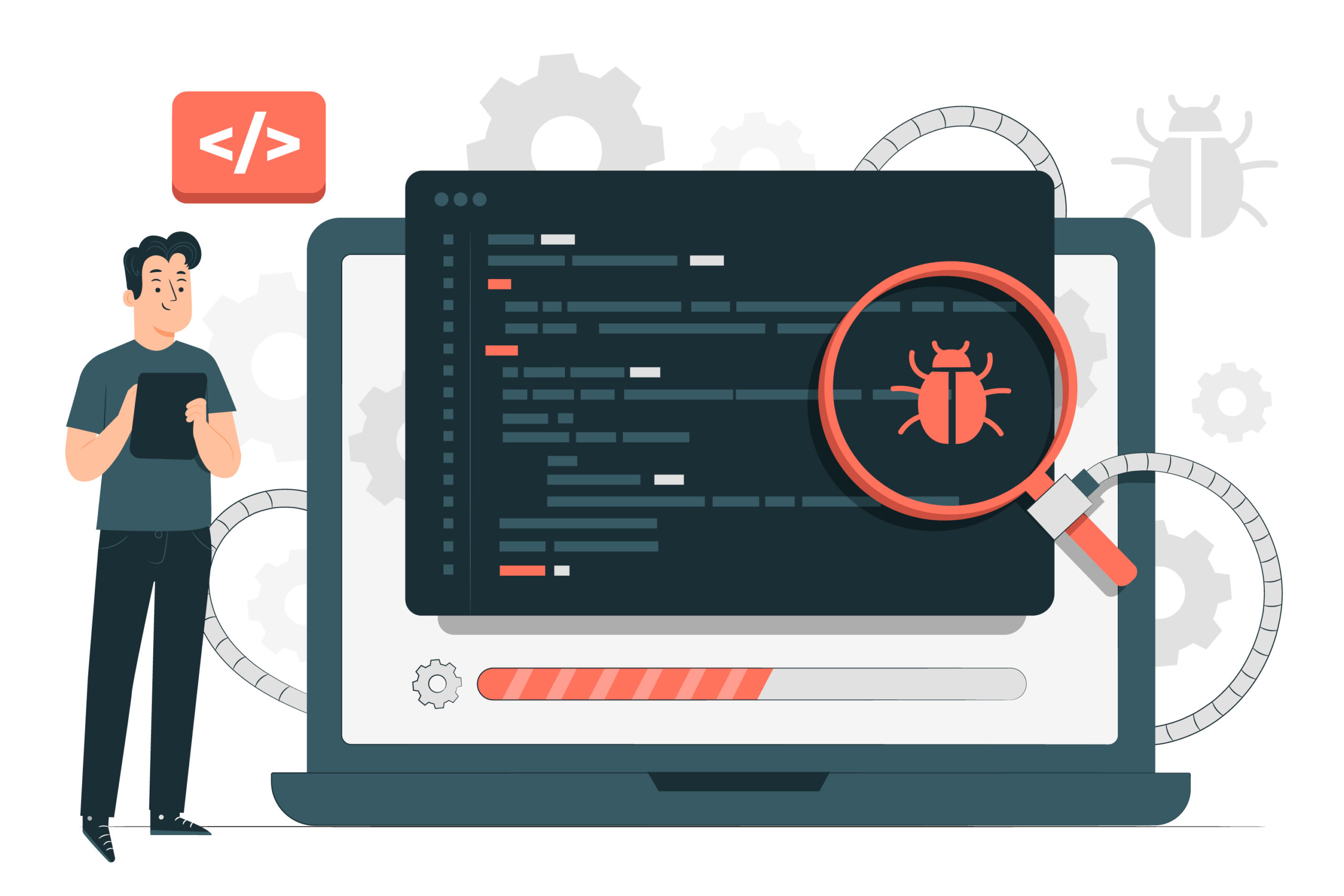
1. Exploratory Testing
Exploratory testing involves testers actively interacting with the application without predefined test cases. This approach leverages the tester’s expertise to dynamically explore the system, identify potential issues, and uncover unexpected behaviors. In AI applications, exploratory testing is particularly effective for revealing anomalies that automated tests might overlook, allowing testers to respond adaptively to the system’s unique complexities.
2. Usability Testing
Usability testing assesses the user experience, focusing on the interpretability and transparency of AI-generated outputs. For AI systems, particularly those in sensitive domains like healthcare, finance, and law, users must understand and trust the AI’s decisions. Manual testing ensures that the system’s outputs are clear, transparent, and aligned with user expectations, enhancing the overall user experience and fostering trust in the AI.
3. Adversarial Testing
Adversarial testing involves deliberately crafting inputs designed to exploit weaknesses in the AI model. This technique helps identify vulnerabilities and improve the system’s robustness. Manual testers, with their ability to think creatively and adaptively, are essential in conducting adversarial testing. Their insights ensure that the AI application can withstand malicious attacks and maintain its integrity under challenging conditions.
Integration of Manual and Automated Testing
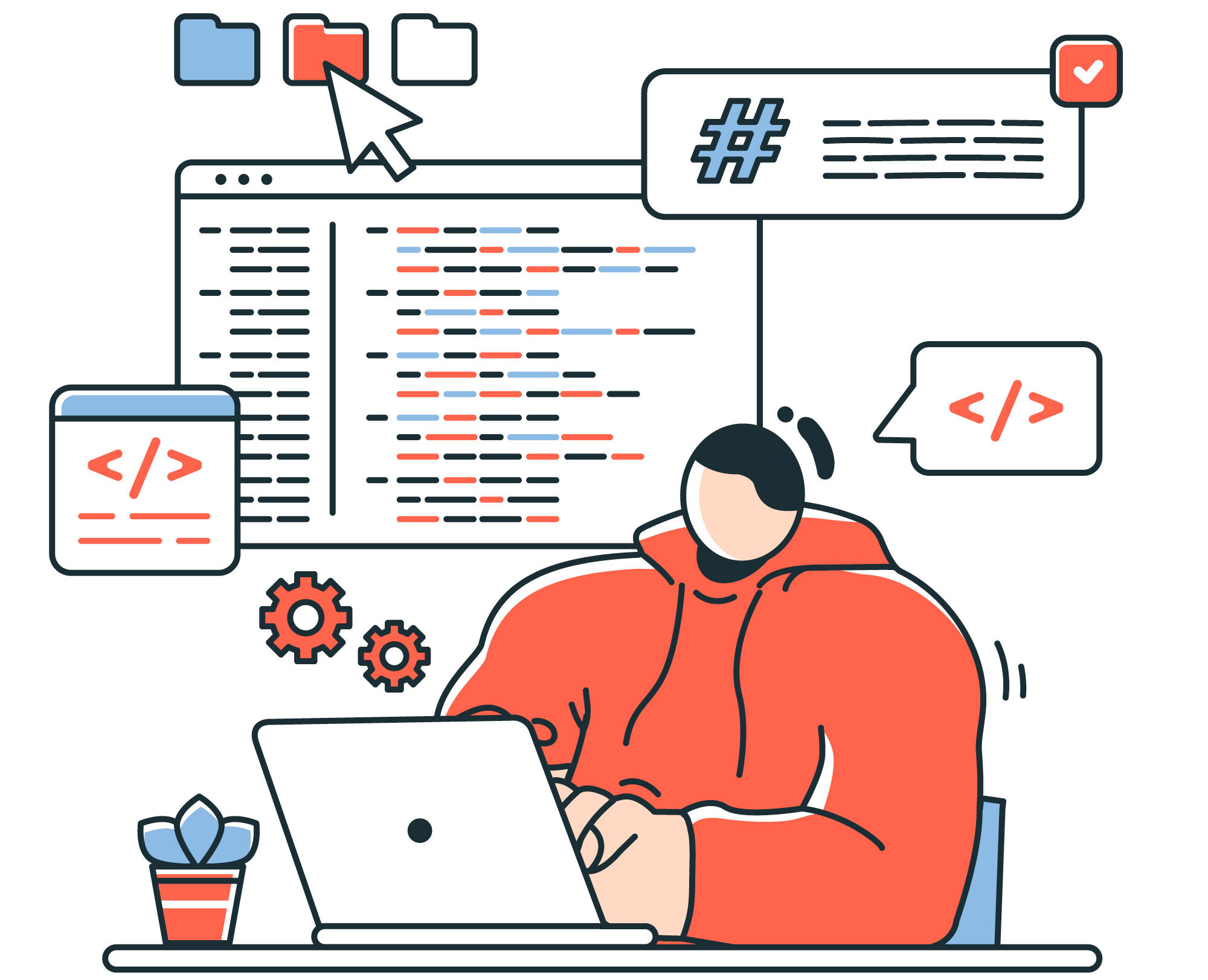
1. Achieving Comprehensive Test Coverage
To ensure the reliability of AI applications, a hybrid strategy integrating manual and automated testing is essential. Computerized tests can efficiently handle repetitive and well-defined tasks such as regression testing and performance benchmarking. In contrast, manual testing focuses on exploratory, usability, and adversarial testing. This integration provides a balanced approach, leveraging the strengths of both methodologies to achieve comprehensive test coverage.
2. Continuous Testing in a DevOps Pipeline
Incorporating manual testing into a continuous testing framework within a DevOps pipeline ensures that AI applications are consistently evaluated throughout the development lifecycle. By integrating manual software testing services into CI/CD pipelines, organizations can detect and address issues early, improving the overall quality and scalability of AI systems.
The Value of Human Expertise
1. Domain Knowledge and Contextual Insight
Human testers bring invaluable domain knowledge and contextual insights that are crucial for assessing AI applications. Their understanding of industry-specific requirements, user needs, and regulatory standards enables them to identify potential issues that automated tests might overlook. This expertise is particularly important in sectors with stringent regulatory requirements, such as healthcare and finance, where compliance and accuracy are critical.
2. Critical Thinking and Adaptability
Human testers’ ability to think critically and adaptively is essential for addressing AI systems’ unpredictable nature. They can evaluate the system’s behavior in diverse and unforeseen scenarios, applying their judgment to assess the ethical implications and societal impact of AI decisions. This adaptability ensures that the AI application remains reliable, ethical, and aligned with user and societal expectations.
Future Directions
1. Enhancing Testing Techniques
As AI technology evolves, so too must testing techniques. Future advancements may include more sophisticated methods for detecting and mitigating biases, improved tools for adversarial testing, and enhanced integration of manual and automated testing processes.
2. Emphasizing Ethical AI Development
With growing awareness of AI’s ethical implications, there will be an increased emphasis on developing AI systems that are transparent, fair, and aligned with ethical standards. Manual testing will play a crucial role in this effort, providing the necessary oversight to ensure that AI applications uphold moral principles.
3. Training and Development for Testers
As the demand for skilled testers in AI applications grows, organizations will need to invest in training and development programs. These programs will equip testers with the knowledge and skills to effectively assess the complex and evolving landscape of AI technologies.
By continuing to prioritize manual testing alongside automated methods, organizations can navigate the challenges and opportunities presented by AI, ensuring the development of robust, reliable, and ethical AI applications for the future.
Conclusion
In the rapidly evolving landscape of AI applications, manual testing remains a cornerstone for ensuring reliability, accuracy, and ethical integrity. The complexity and unpredictability of AI systems, coupled with the limitations of automated testing, underscore the indispensability of manual testing. By integrating manual testing into a comprehensive testing strategy, organizations can achieve higher quality and scalability in their AI applications. As AI continues to advance, the role of human testers, with their domain expertise, critical thinking, and adaptability, will be more important than ever in safeguarding the future of AI-driven innovation.

